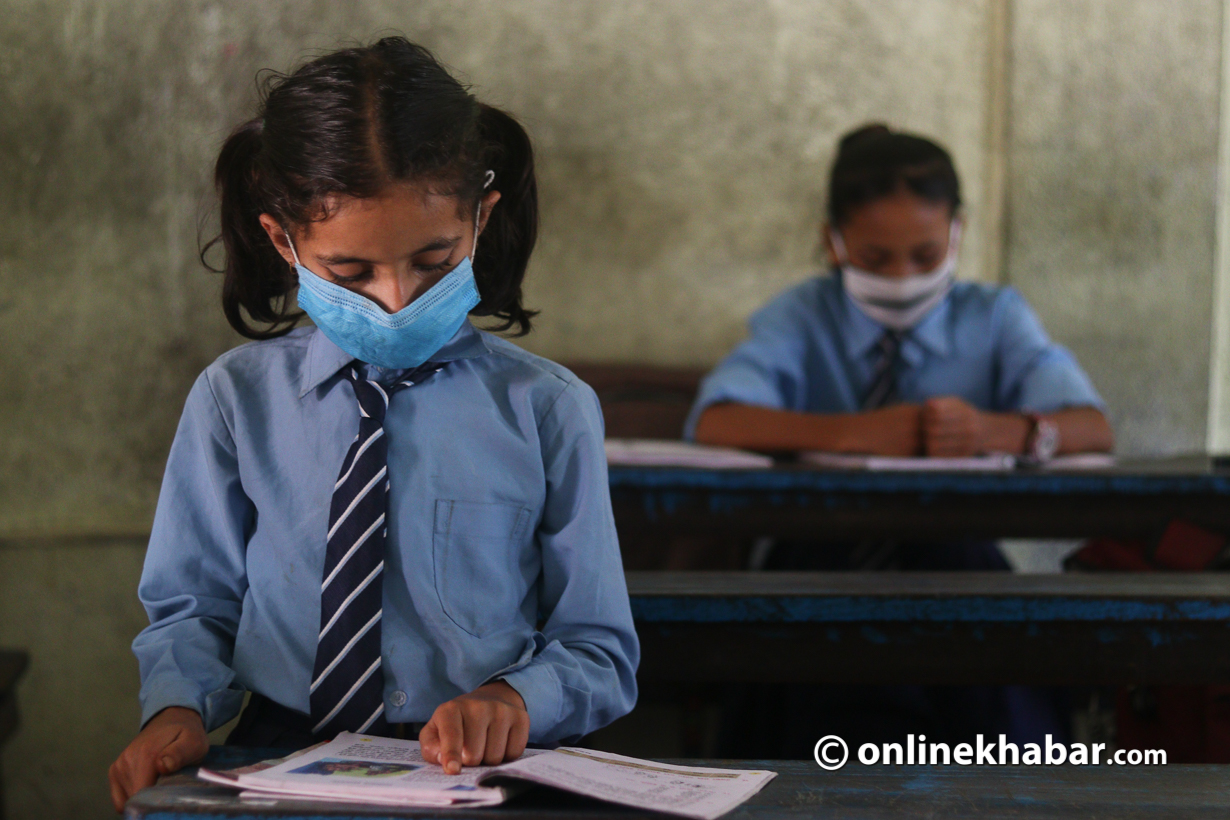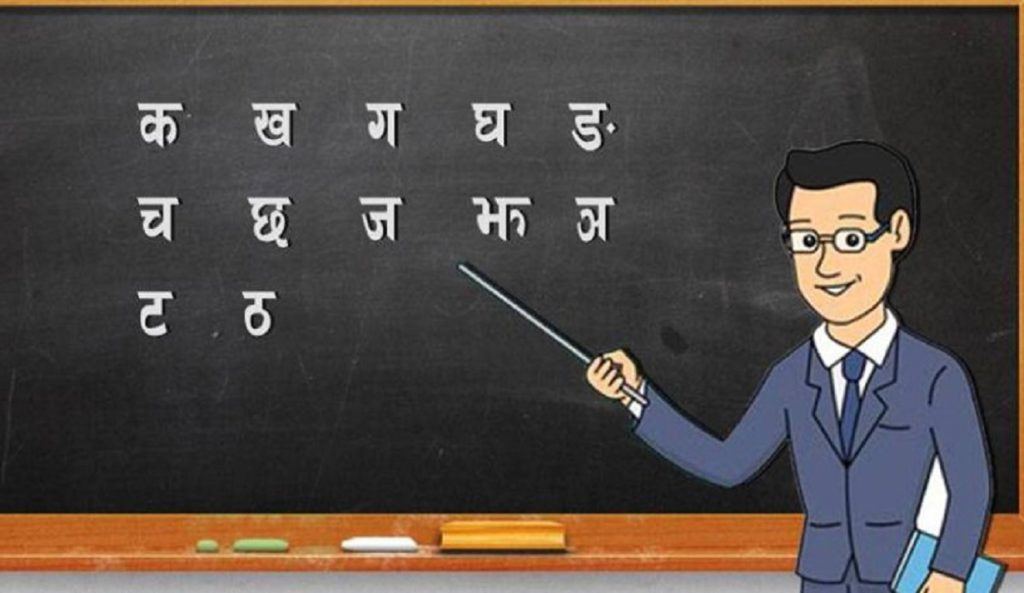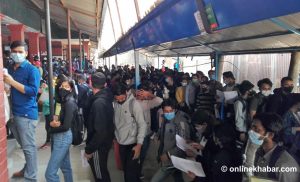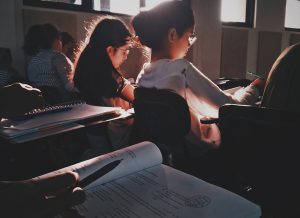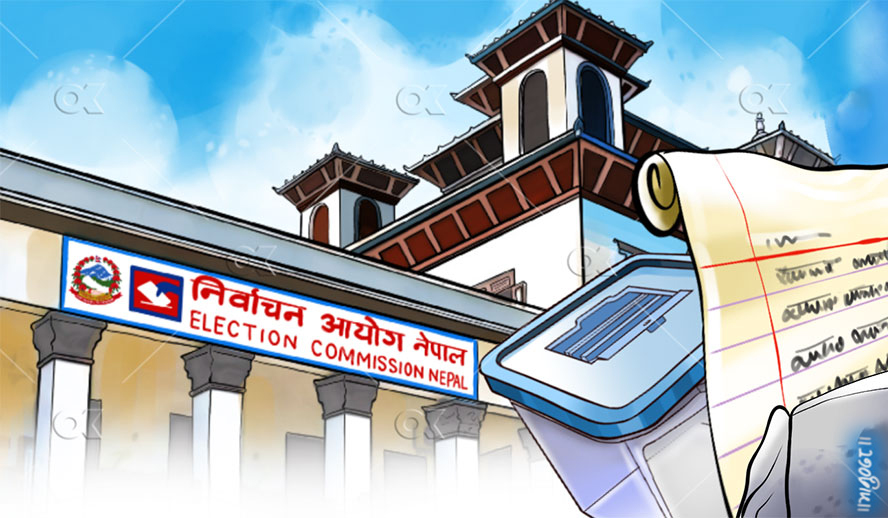With the beginning of the new wave of the Covid-19 pandemic in Nepal, the government has already closed schools across the country until the last week of January. The closure is likely to continue even after that if the number of active Covid-19 cases do not go down.
The alternative teaching-learning and evaluation procedures are the need of the present context. Accordingly, schools and educational organisations need to develop an emergency guideline for the continuation of academic activities during the emergency so that learnability and learning context could be ensured. The main aim of the intervention is to introduce and develop appropriate and applicable teaching, learning and evaluation procedures in educational institutions. Similarly, the strategies suggested in this article enhance the capacity of the learners of different grades as per the curriculum referred by the Nepal government; as a result, learners can continue learning from home.
1. Formation of an emergency management committee
The schools need to form an emergency management committee to organise internal managerial procedures. The committee should consist of academicians, administrators and IT experts. The emergency management committee will be responsible to execute the function during emergencies. The principal, as a member secretary of the committee, is expected to manage all sorts of managerial tasks and report to the committee. Collective decisions need to be made for the introduction of organisational support and the member secretary should prepare the daily log and report to the chairperson of the committee.
2. Analysis of teacher and learners’ situations
For the execution of the programme, the school principal needs to collect information about and analyse the situations of learners and teachers as per the guideline suggested by the Nepal government.
3. Management of teaching-learning activities
For the management of teaching-learning activities, the following procedure shall be applied. The principal is responsible to conduct the activities and need to report frequently.
- Subject-wise departments shall be established. They are expected to work from grade two to grade 12. The teachers of optional subjects are directed to prepare the learning resources themselves.
- The teachers who do not have laptops/computers and internet at home are expected to come to the school to run the activities.
- Teachers working in the departments need to go through the curriculum, design and develop the learning resources and project work-based assignments for learners.
- A review committee needs to be formed consisting of the experts of the relevant field to scrutinise the learning resources.
- A preschool department will be set including teachers, and they are expected to prepare learning resources as per the curriculum and local infrastructure.
- The resources will be used both in online and offline models of teaching-learning activities.
- The teacher who prepares the resources will teach in the class using any available application. Microsoft Teams is recommended as it could be freely available in .edu domain, security factors are well set up and it is easy to handle as well.
- For the development of a learning management system (LMS), Google Classroom is accessible and easy to use by the any level of learners.
- The students who do not have access the internet will be provided with the resources and class recordings from the school.
4. Categorisation of learners
Following the emergency guideline of the Nepal government, the categories of the learners will be divided into different groups.
For example:
| Type of the learners/ situation | Activities |
| With full access to the internet | Practise virtual teaching using Microsoft Teams. Provide learning resources on Microsoft Teams. Assignments will be provided on Microsoft teams. The students need to submit on the same platform. They can see recordings and download them as per their need. Alternatively, Google Classroom can be used to provide reading resources and assignments. |
| Partial access to the internet | Practise virtual teaching using Microsoft Teams. Provide learning resources on Microsoft teams or in pen drives from the school. Assignments will be provided on Microsoft teams or in pen drives. Students need to submit them on Microsoft Teams or in hard copy. |
| Access to radios and TVs | Watch TV programmes run by the Nepal government. Write down the reflection and submit it to the teacher. Learning resources need to be collected from the school in a soft copy and hard copy. |
| No access to any of the above | Visit the school, maintaining social distance. Take learning resources and assignments weekly and submit them accordingly. Parental support is important. Individual meetings with the teachers at school, maintaining health protocol, are suggested. Provide information to the school principal. |
| Preschool (Playgroup to class 1) | Support via parents on Facebook Messenger. Instruct the parents on how to use Microsoft Teams and upload the resources on Microsoft Teams. Parental support for learning on Microsoft Teams is crucial. Preparation of the learning resources and providing them to parents should happen on a weekly basis. Weekly modules will be provided and collected by the teacher to keep records. |
| Homeschooling | Request parents to give the kids information about family responsibilities, traditions, culture, festivals, kitchen works and moral behaviours. |
5. Classroom schedule
The classroom schedule can be managed by the principal. There can be three subjects in a day, and they will be managed for an hour for all levels and classes except the preschool group. For the preschool group, you can manage the class for an hour a day. The principal needs to coordinate with the department head and coordinators of different levels. Guest lectures need to be managed as per the requirement and the nature of the subject.
6. Evaluation management
Evaluation is mandatory in the teaching-learning process. While preparing learning resources for the students, teachers need to develop assignments, project works and quiz activities. This should be taken as an opportunity to intervene new paradigm of evaluation and shift traditional evaluation schemes into modern ones.
Therefore, the following evaluation procedure shall be developed.
Level 1: Preschool (Playgroup to Grade 1)
The following evaluation procedure will be developed at this level:
- Online viva to accessible learners
- Viva through mobile phones for inaccessible learners
- Providing parents with a progress sheet that they will submit to the teachers
- Teachers’ evaluation from the performance and parental evaluation to constitute the final evaluation
- Written examinations shifted to the project-based performance analysis
- The application of remedial teaching
- Learners’ evaluation matrix/grid to be developed as per the suggested learning outcomes
Level 2: Grades 2-5
- Online viva to accessible learners
- Viva through mobile phones for inaccessible learners
- Providing parents with a progress sheet that they will submit to the teachers
- Teachers’ evaluation from the performance and parental evaluation to constitute the final evaluation
- Written examinations shifted to the project-based performance analysis
- The application of remedial teaching
- Learners’ evaluation matrix/grid to be developed as per the suggested learning outcomes
- Learners being asked to develop some lab activities of appropriate subjects and submit them to the teachers
- The assignments uploaded or submitted on Microsoft Teams to be tracked
- Classroom participation and interaction to be considered
- Interaction with friends to be considered
Level 3: Grades 6-9
- Online/telephone viva
- Assignment works to submitted by students
- Classroom participation and interaction with peers
- Progress report from the parents
- Presentation works from the students
- Written examinations (the home-based examination system)
- Project works and field studies
- Lab works as per the nature of the subjects
- Development of evaluation matrix and performance analysis
Level 4: Grades 10-12
- Assignment works submitted by students on Microsoft Teams
- Classroom participation and interaction with peers
- Questioning skills in the classroom
- Presentation works from the students
- Written examinations (The home-based examination system)
- Project works and field studies
- Lab works as per the nature of the subjects
- Short paper development works
- Development of creative and critical activities
- Development of evaluation matrix and performance analysis
The opportunities need to be created so that the learners can ensure learning motives. As we all are in a crisis and our role is to manage the crisis and explore diverse opportunities within the crisis, everyone should give this model a try.
The designed guidelines and strategies are purely experience-based; they are practical and easy to apply at any school in any part of Nepal. Furthermore, the strategies suggest the multimodal practices of learning opportunities through which learners, instructors, society members, policy makers and the parents could assist as per their responsibility.



